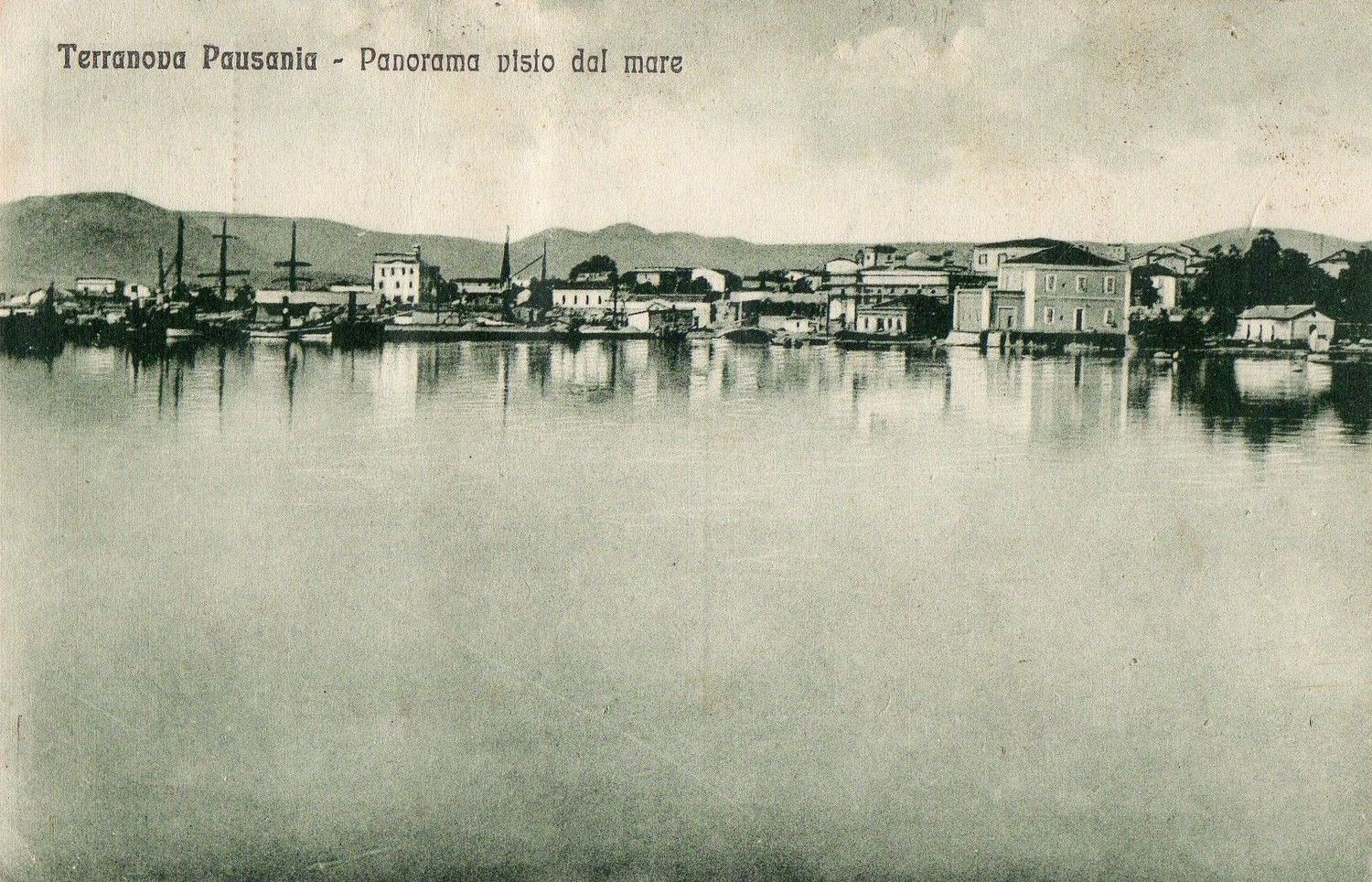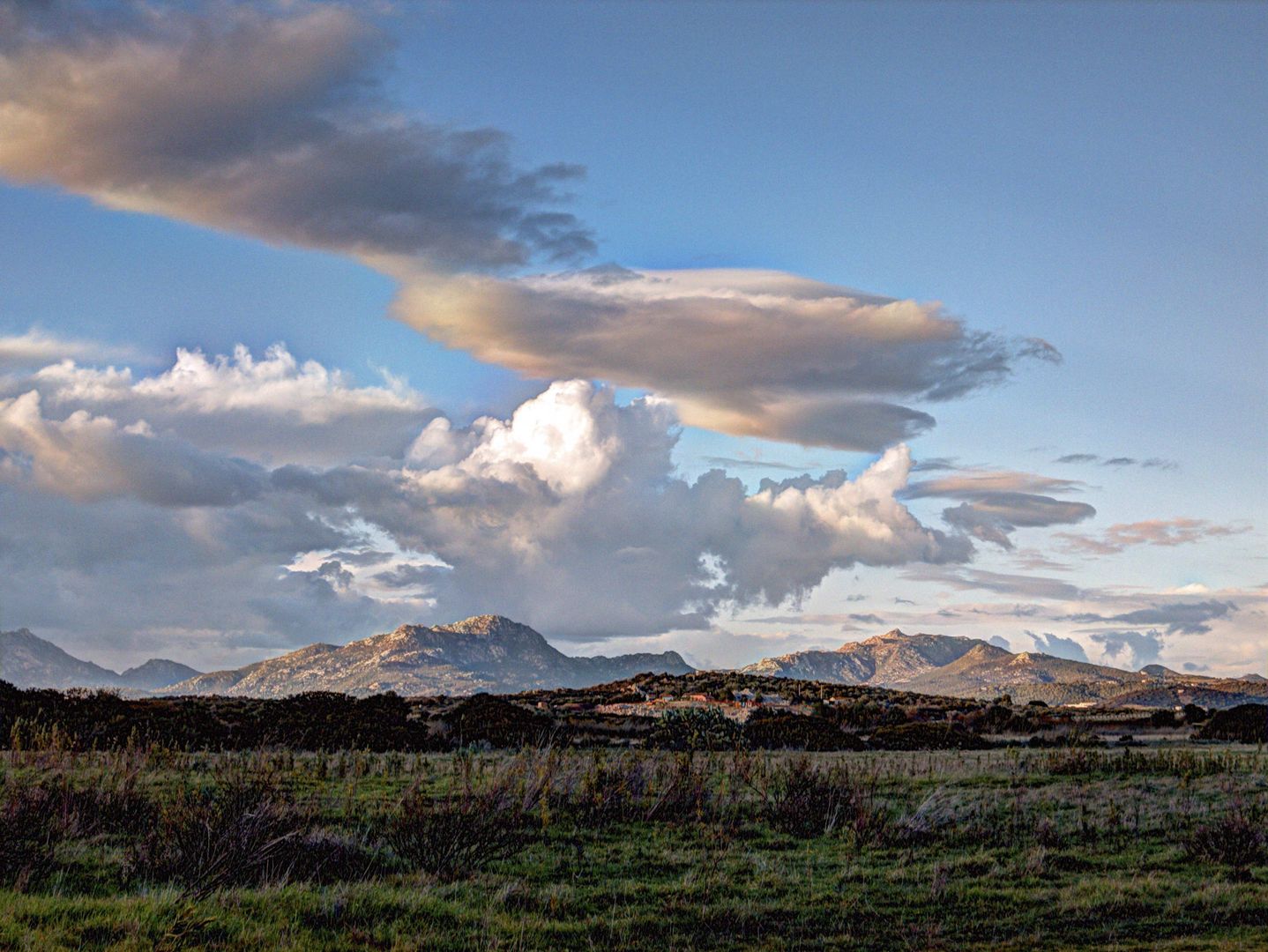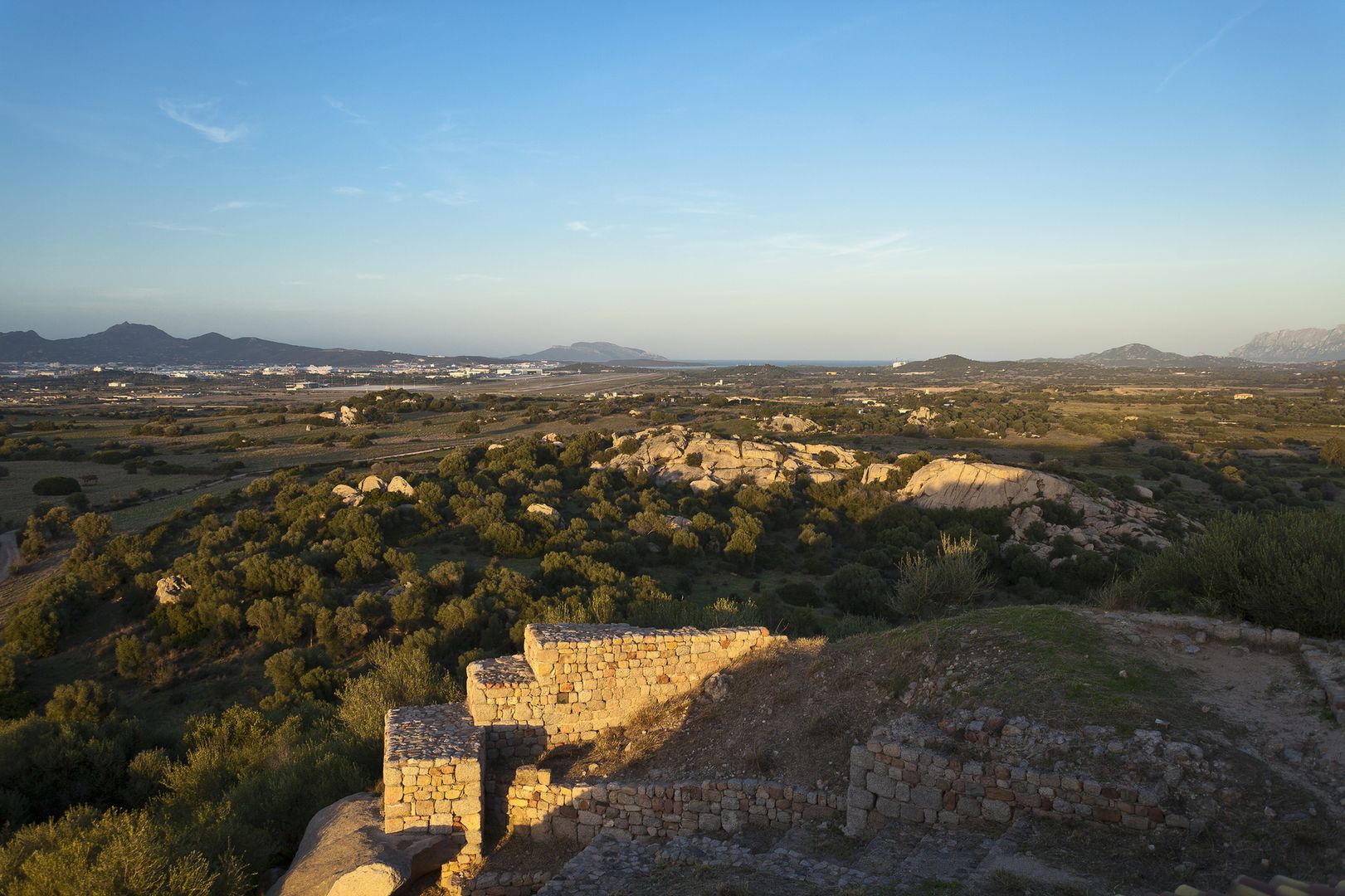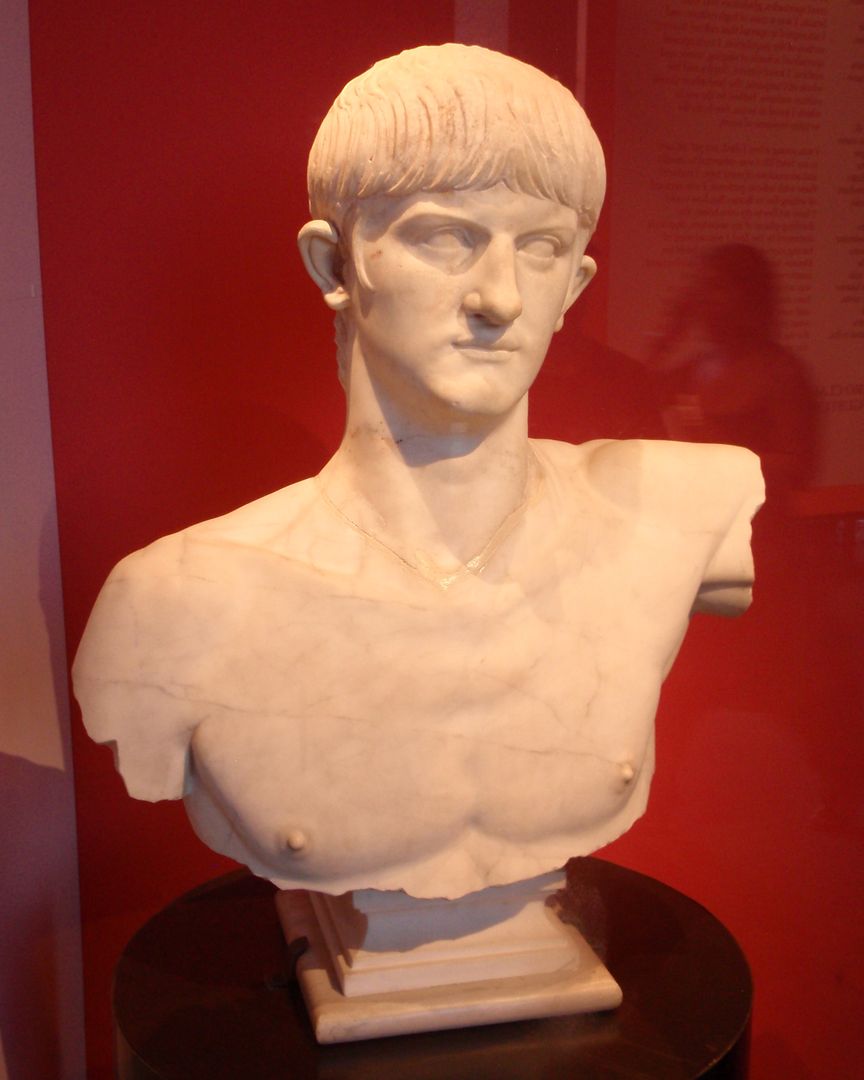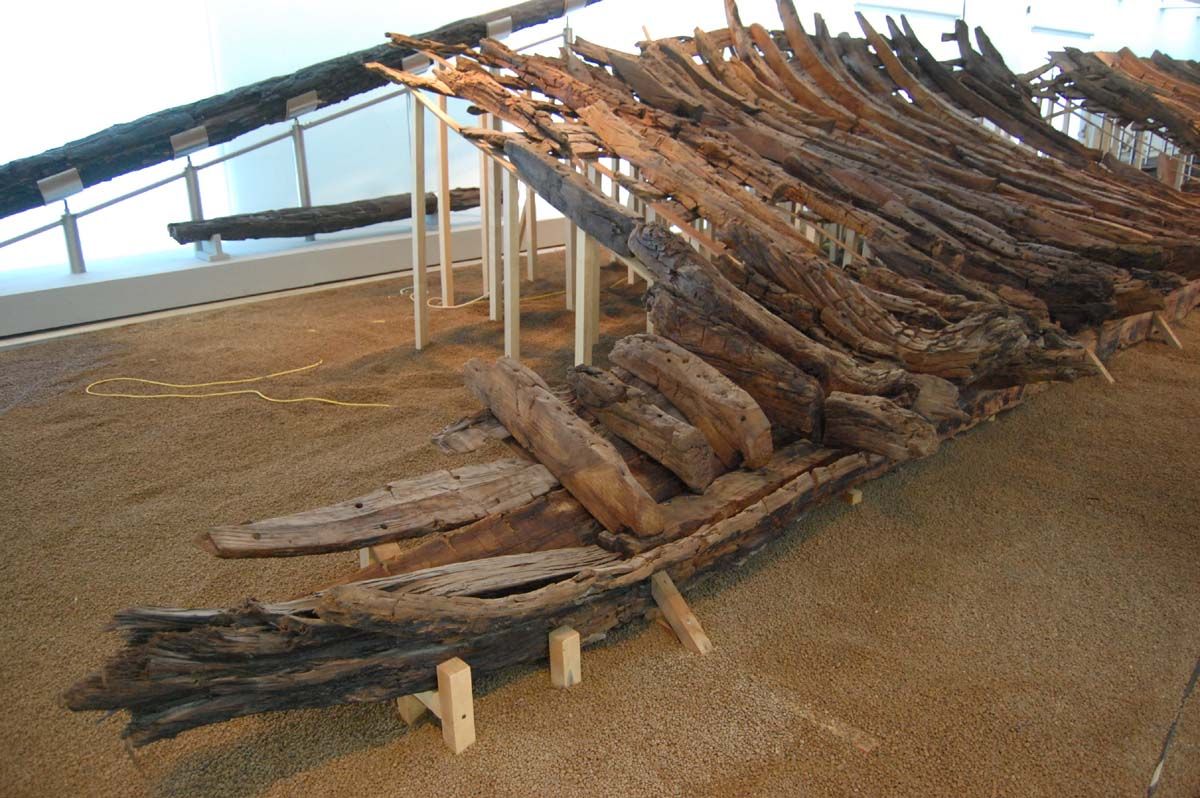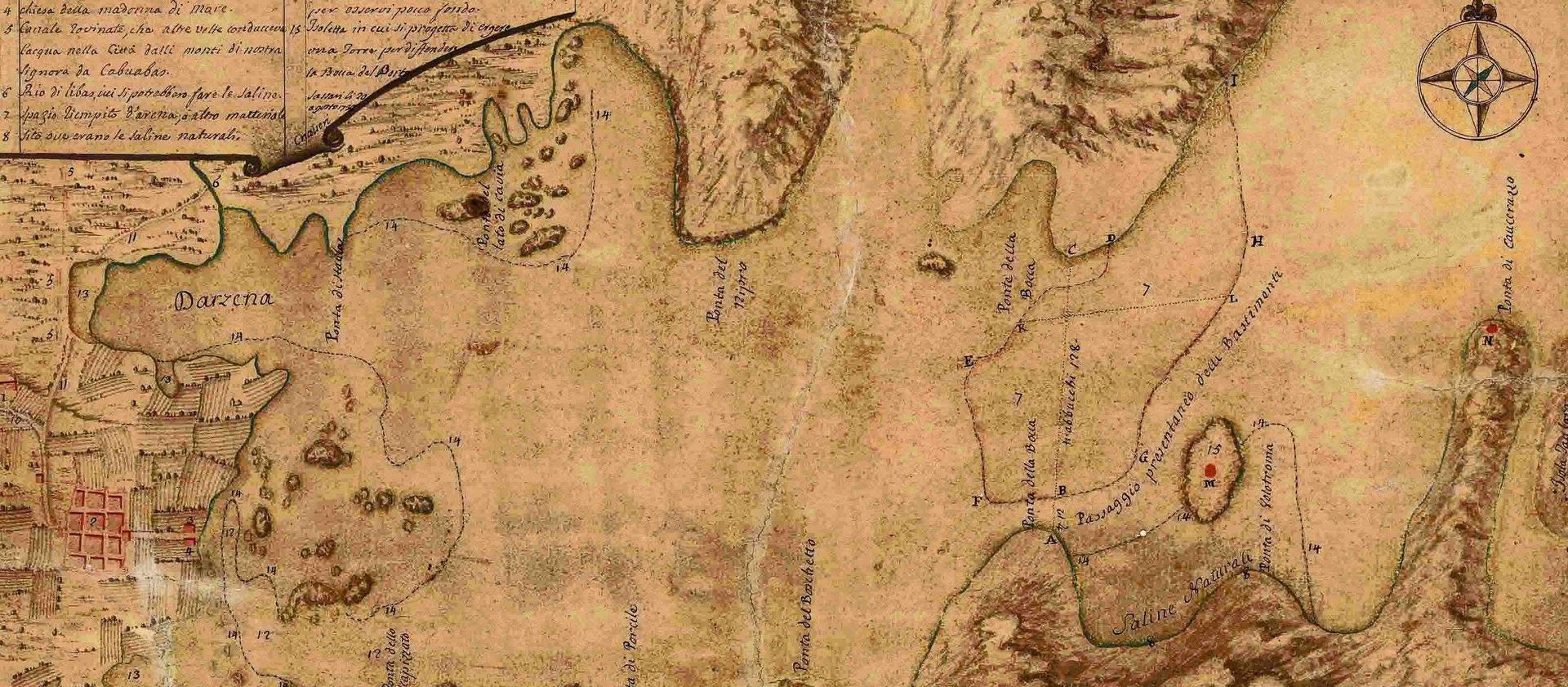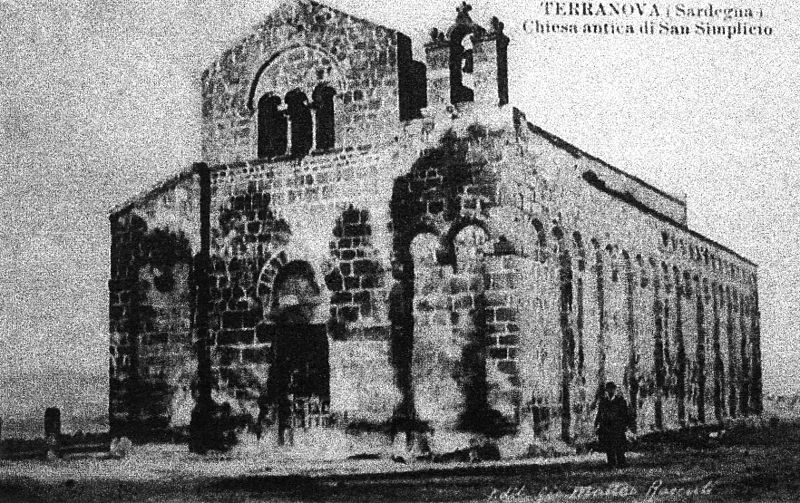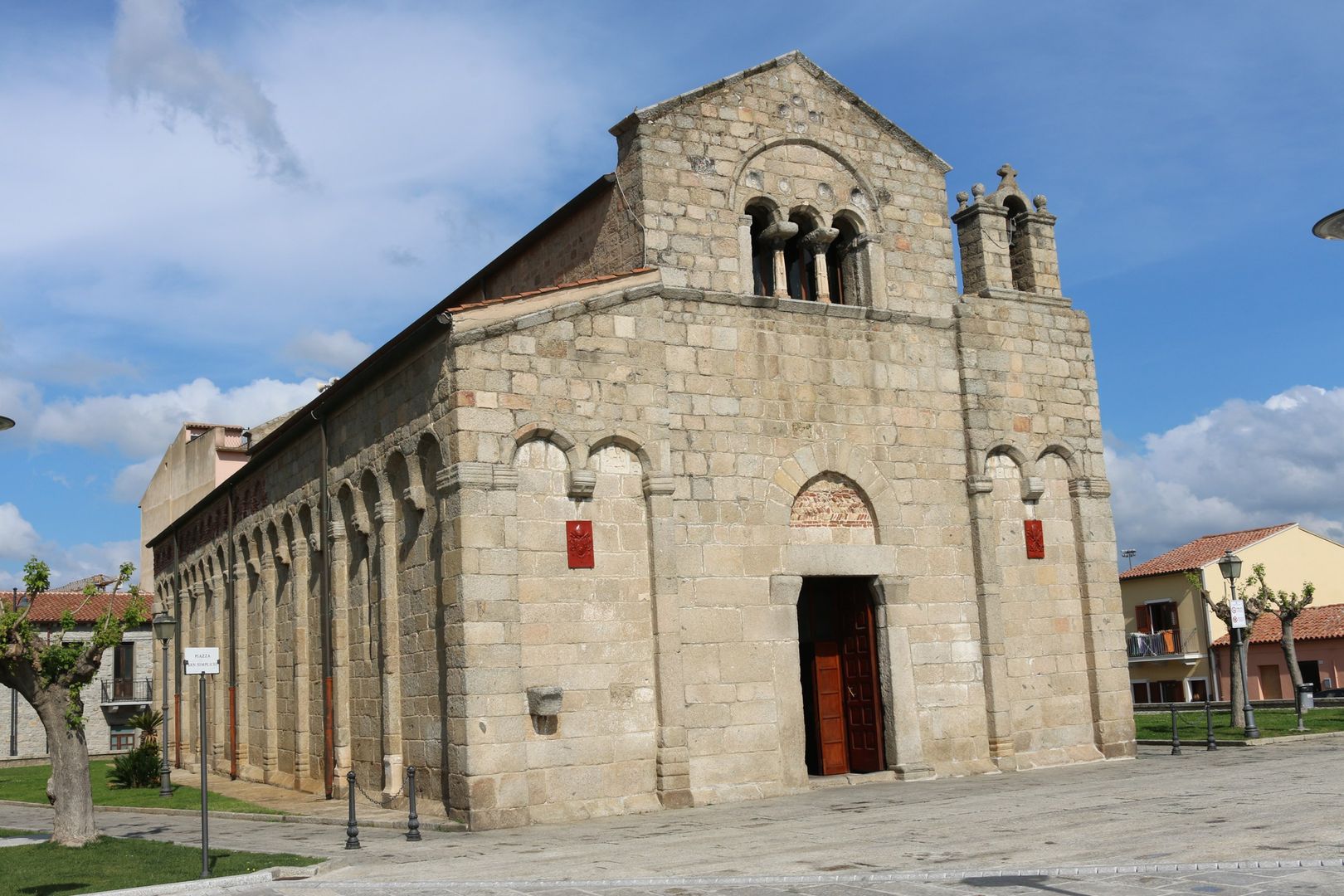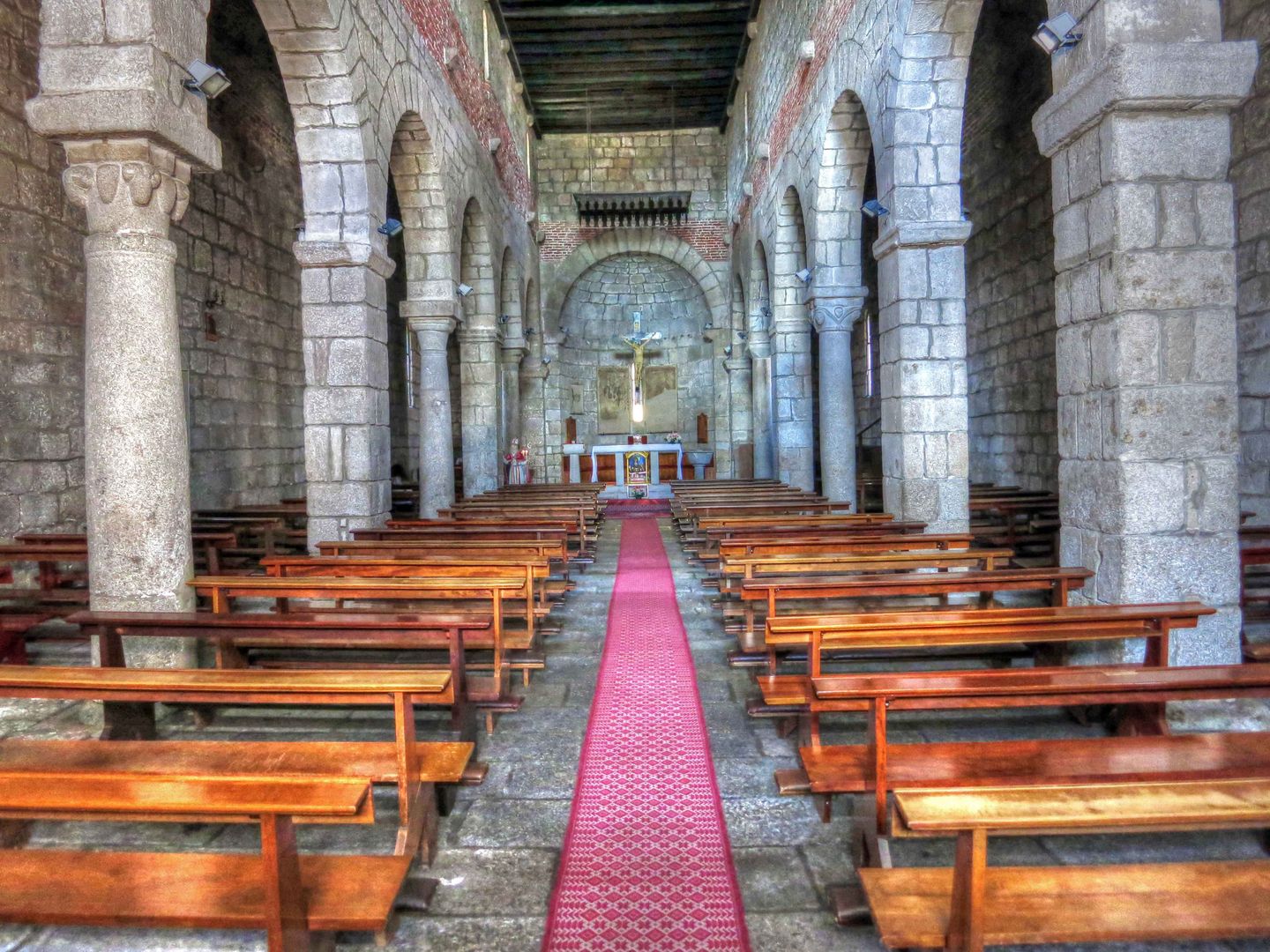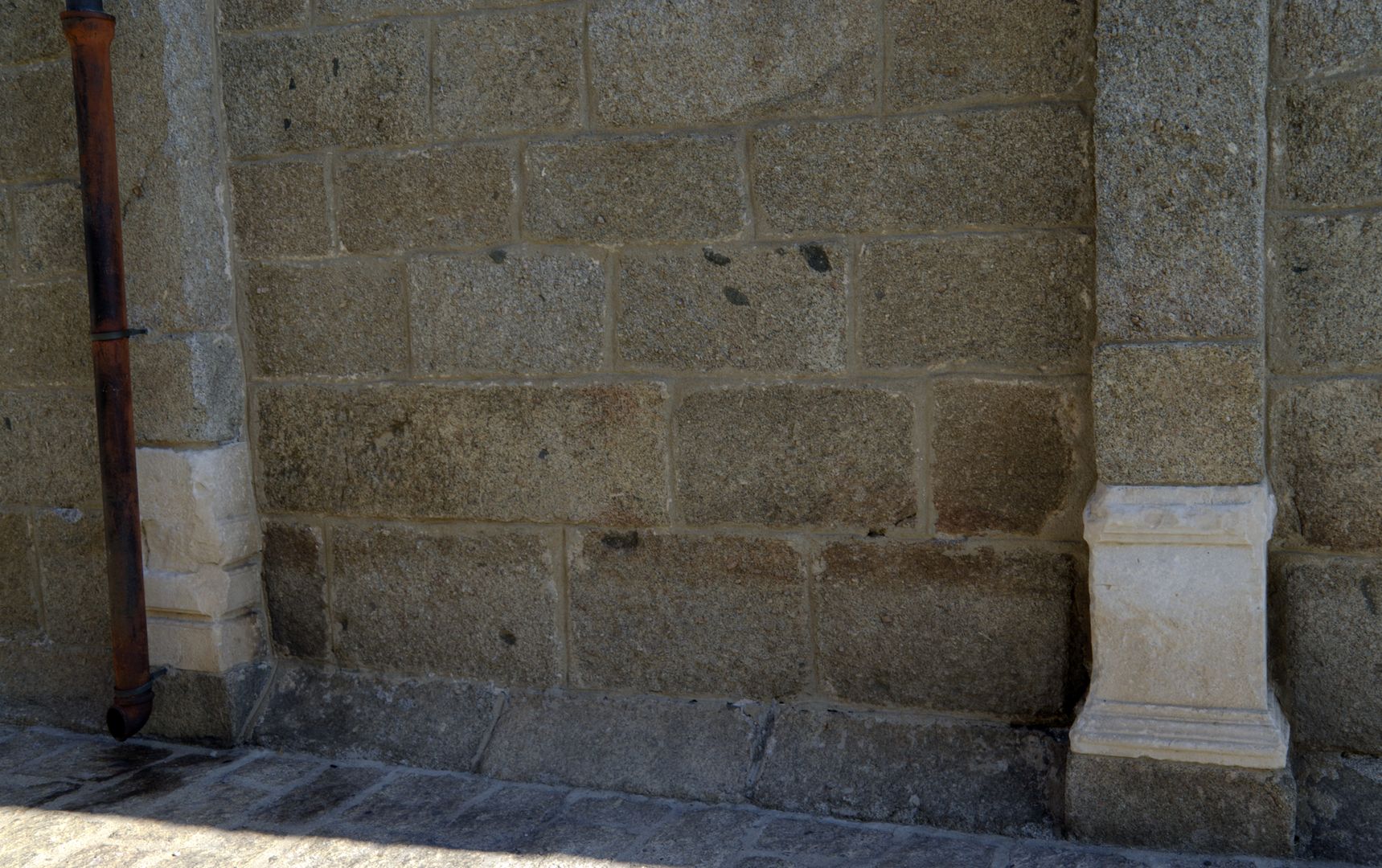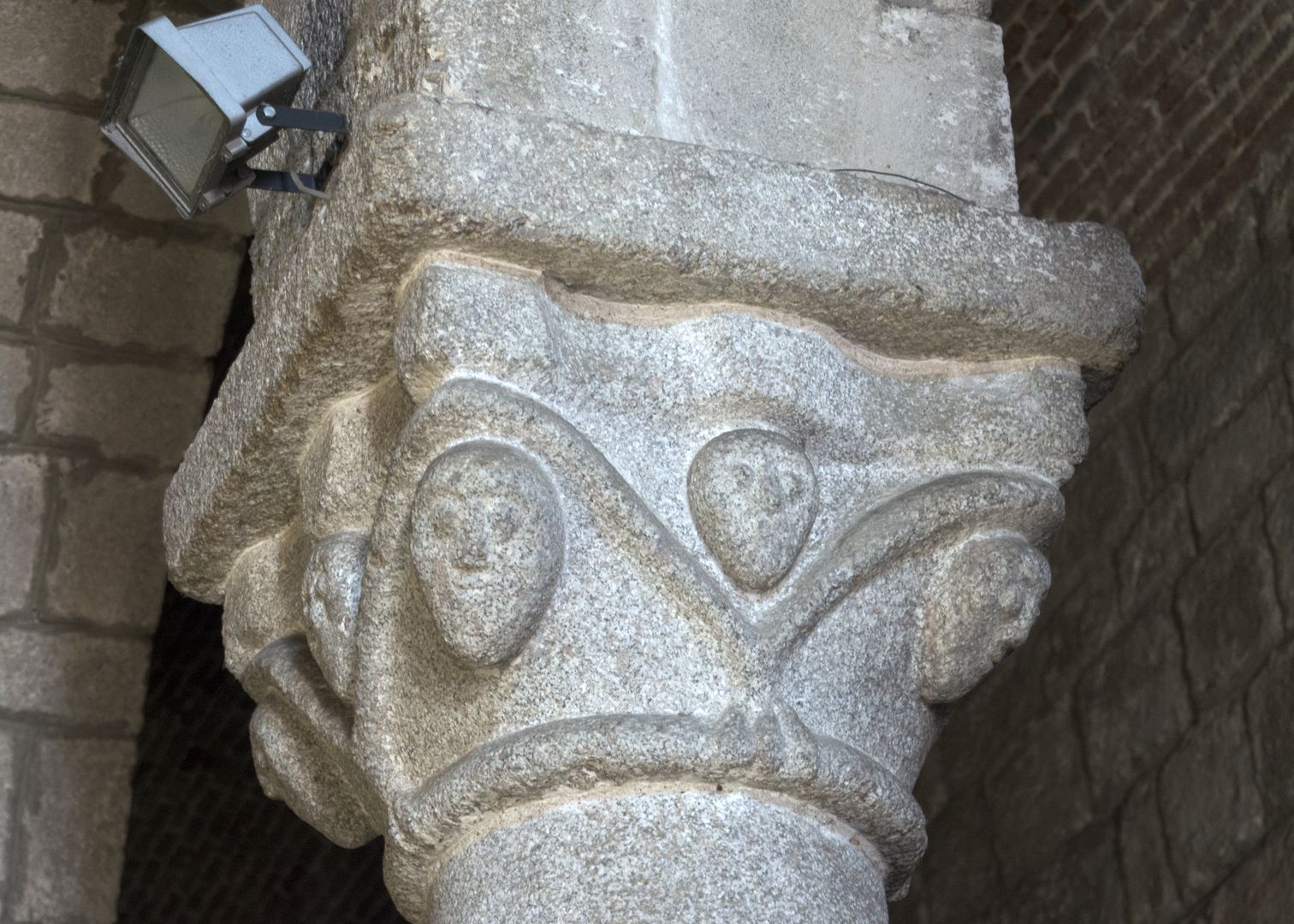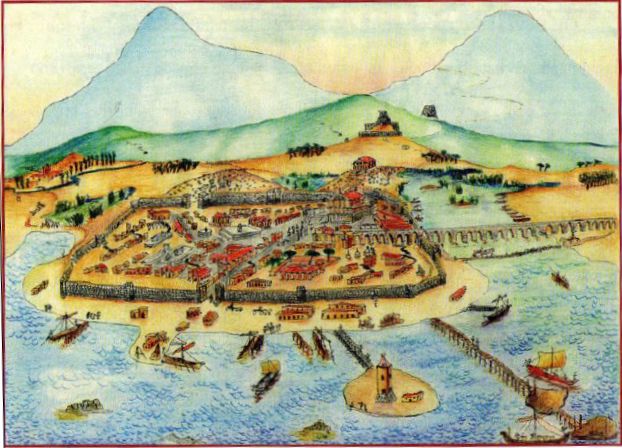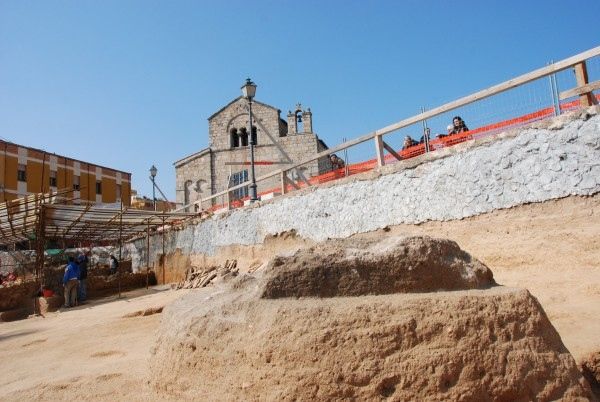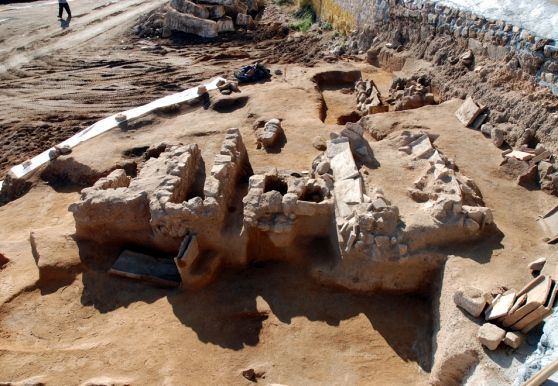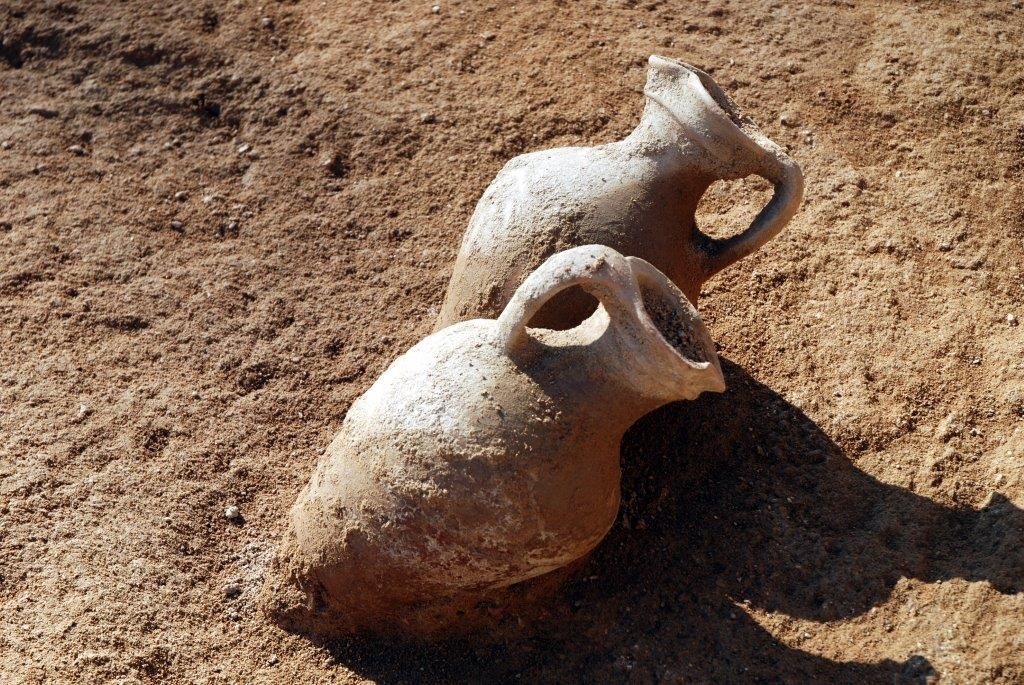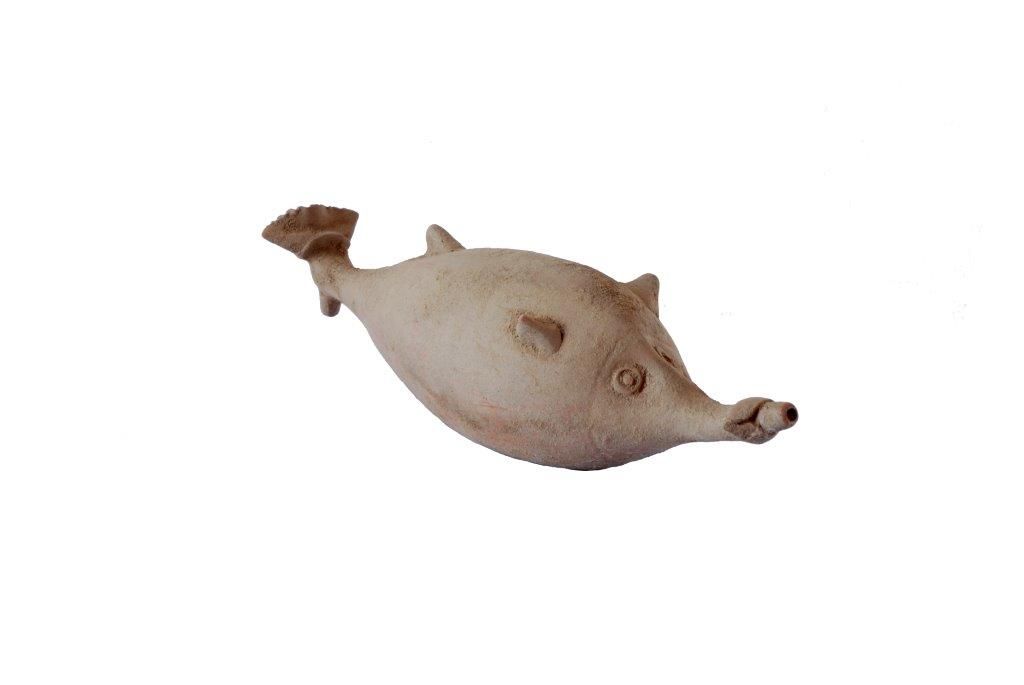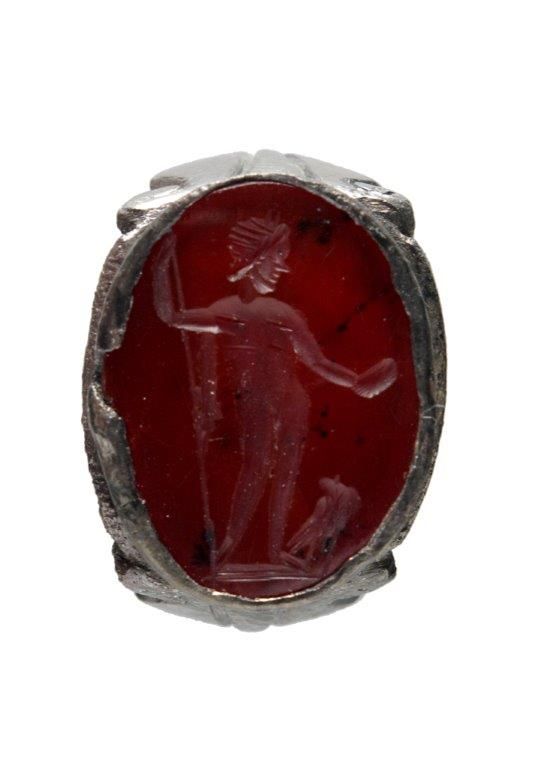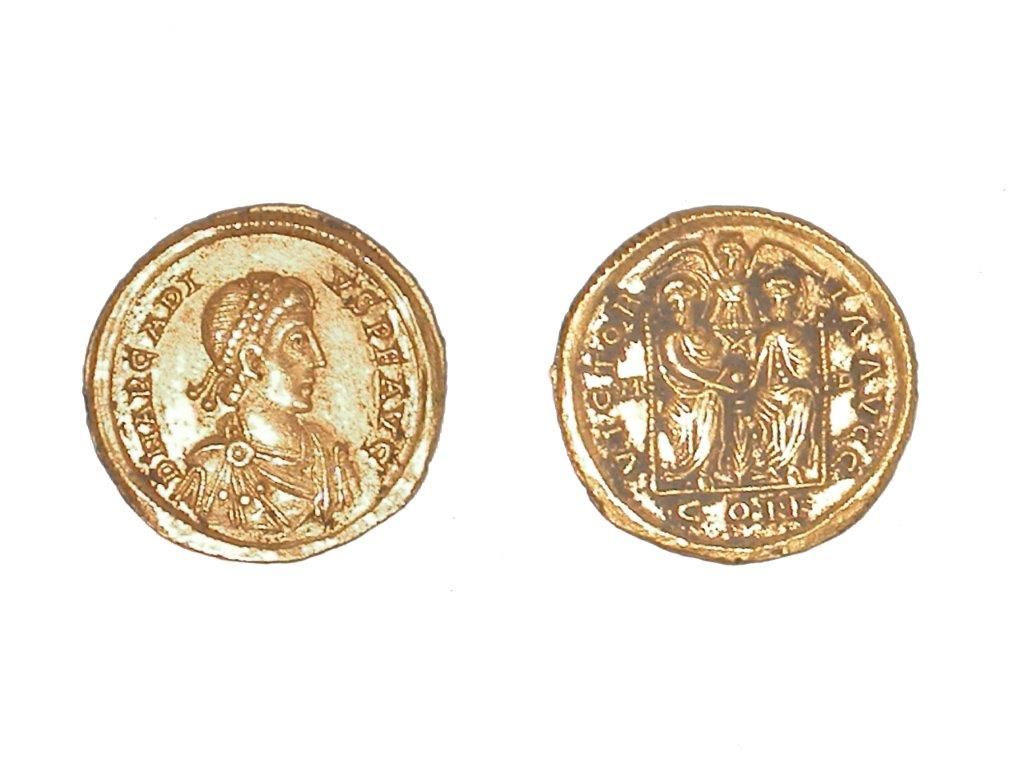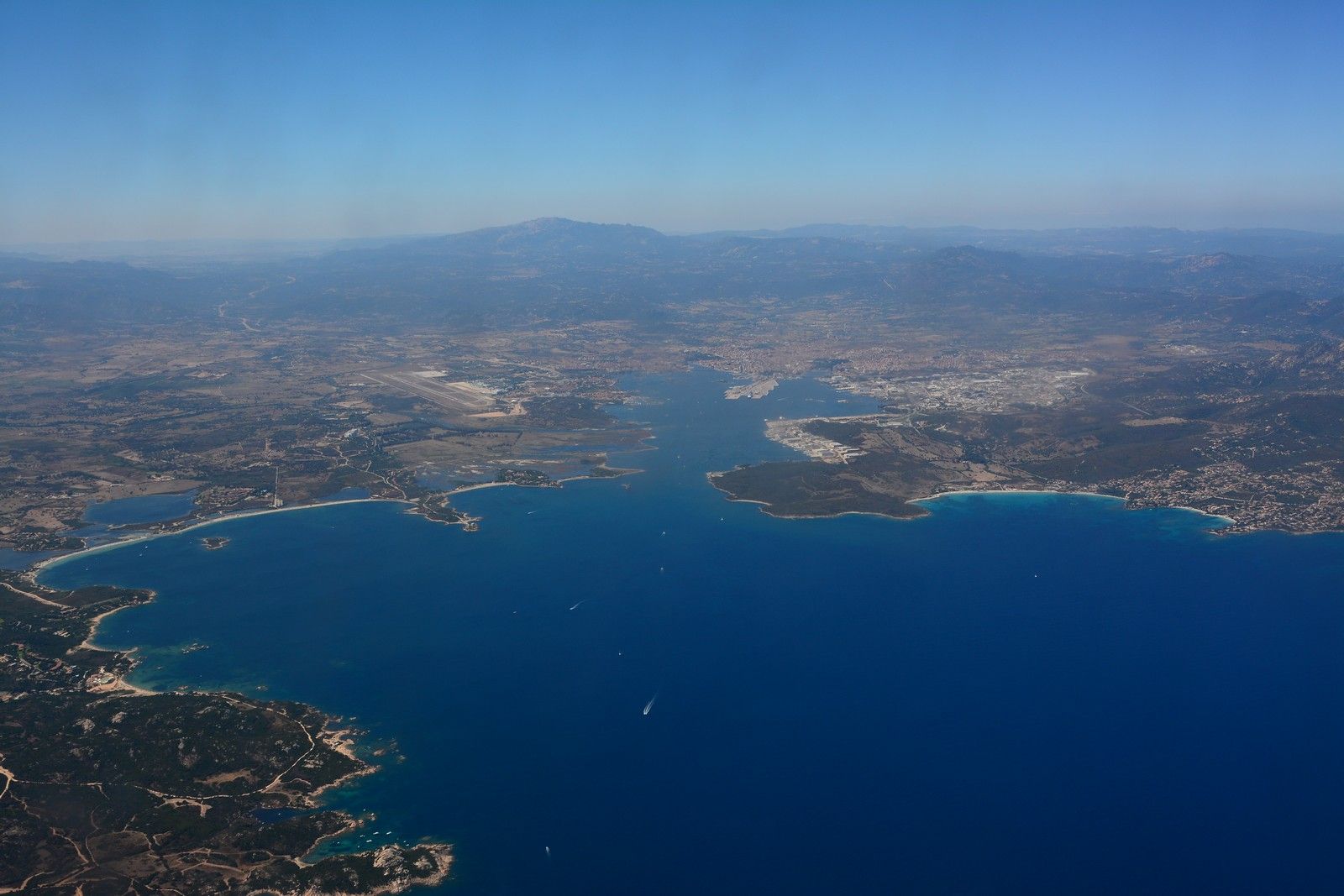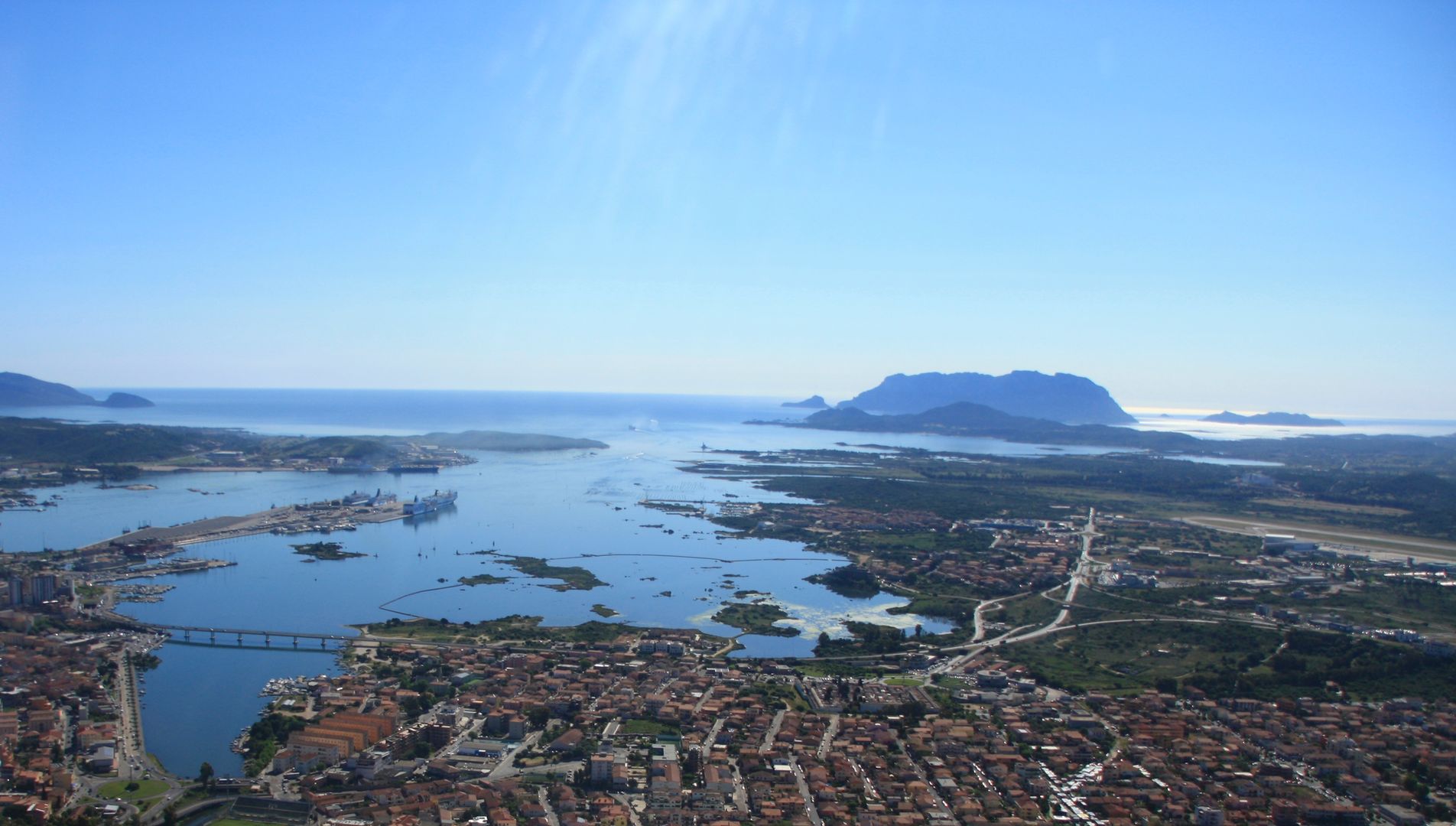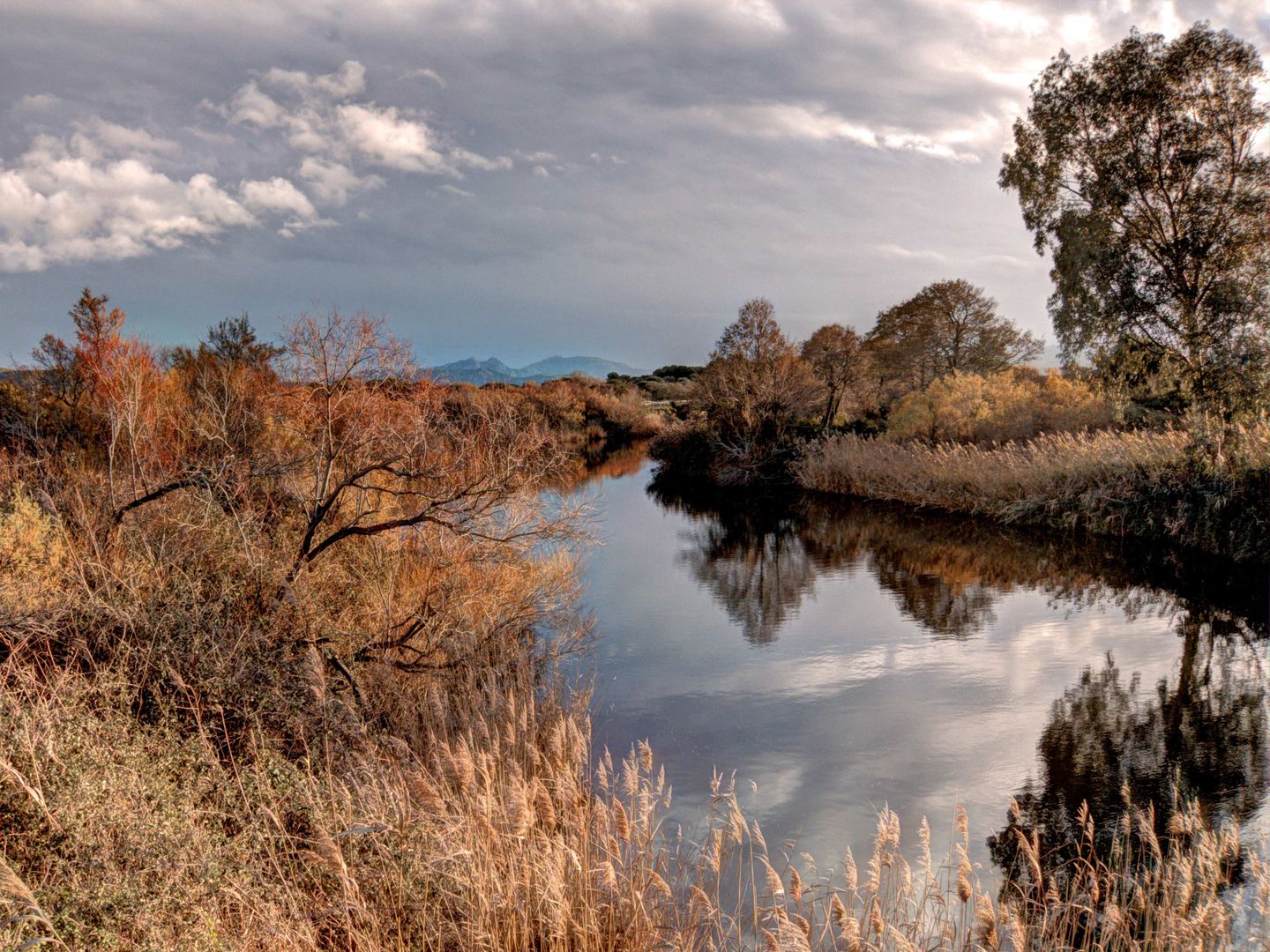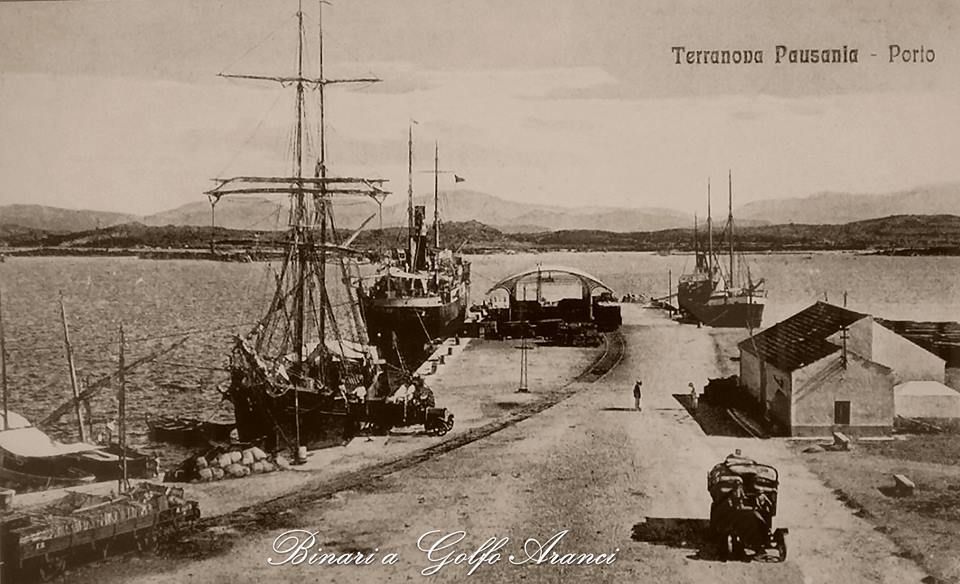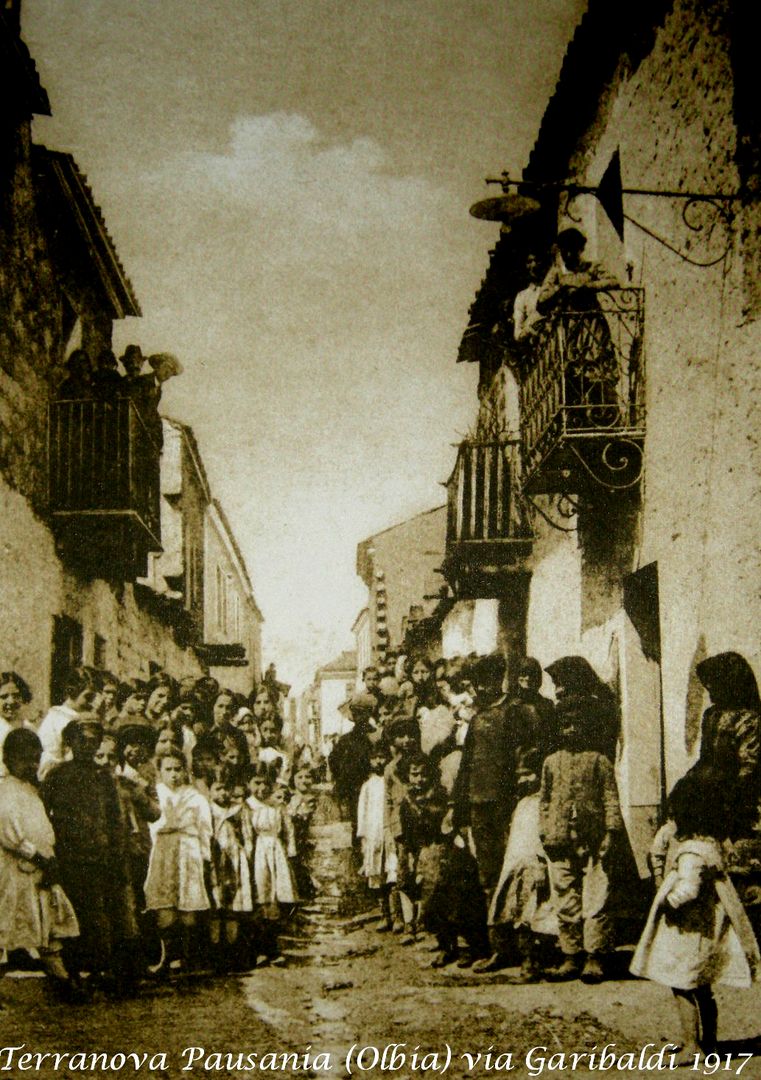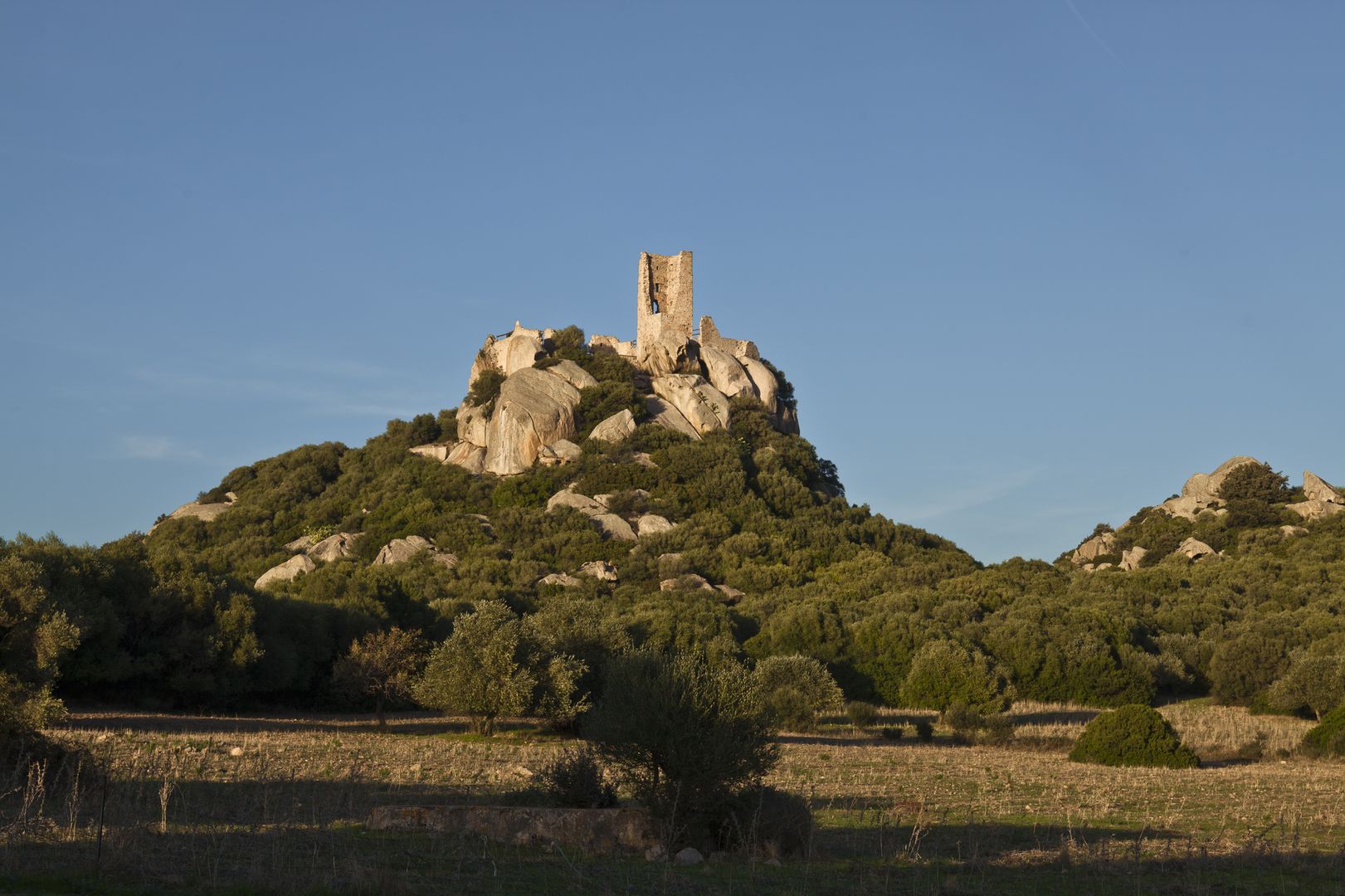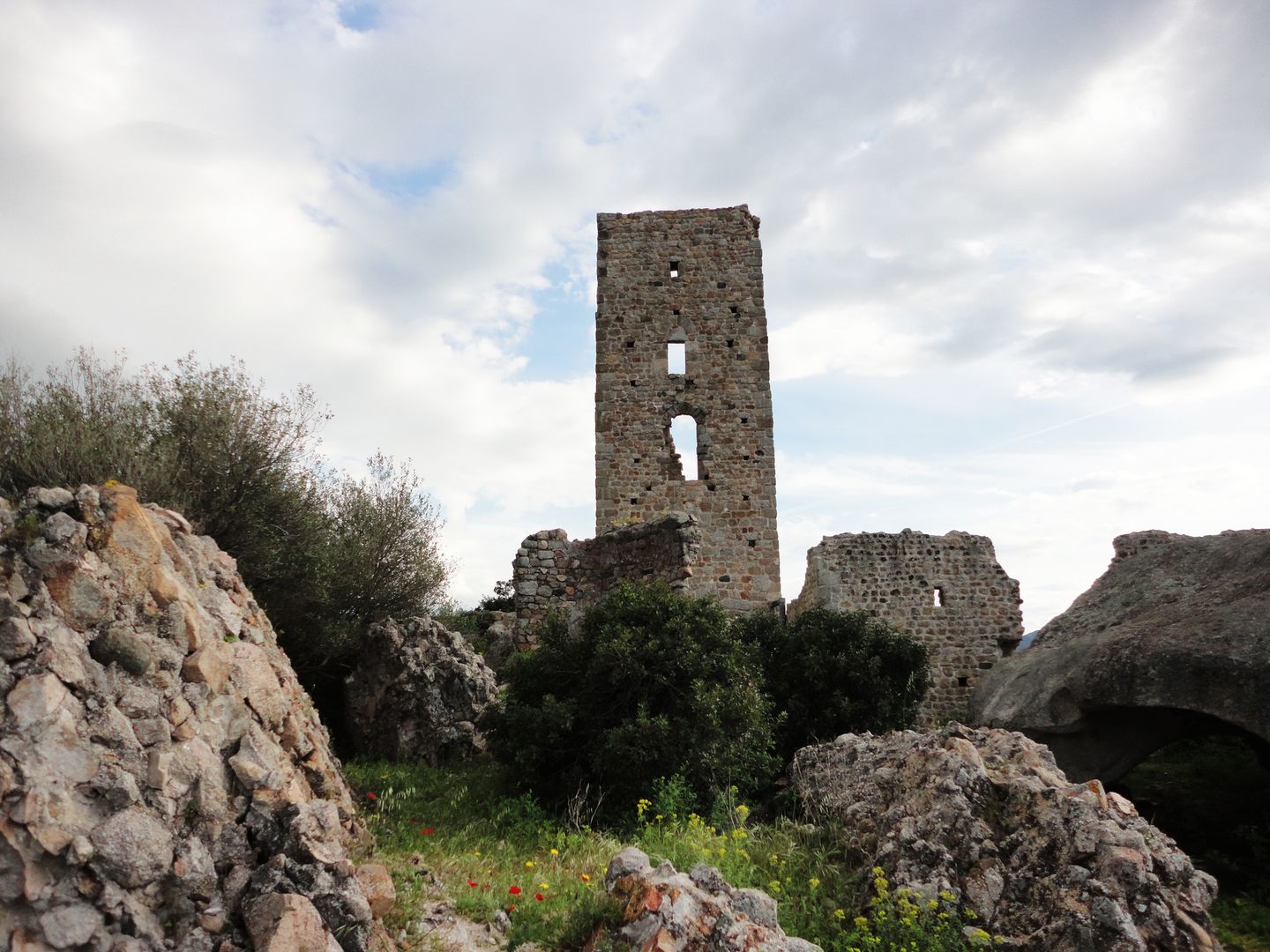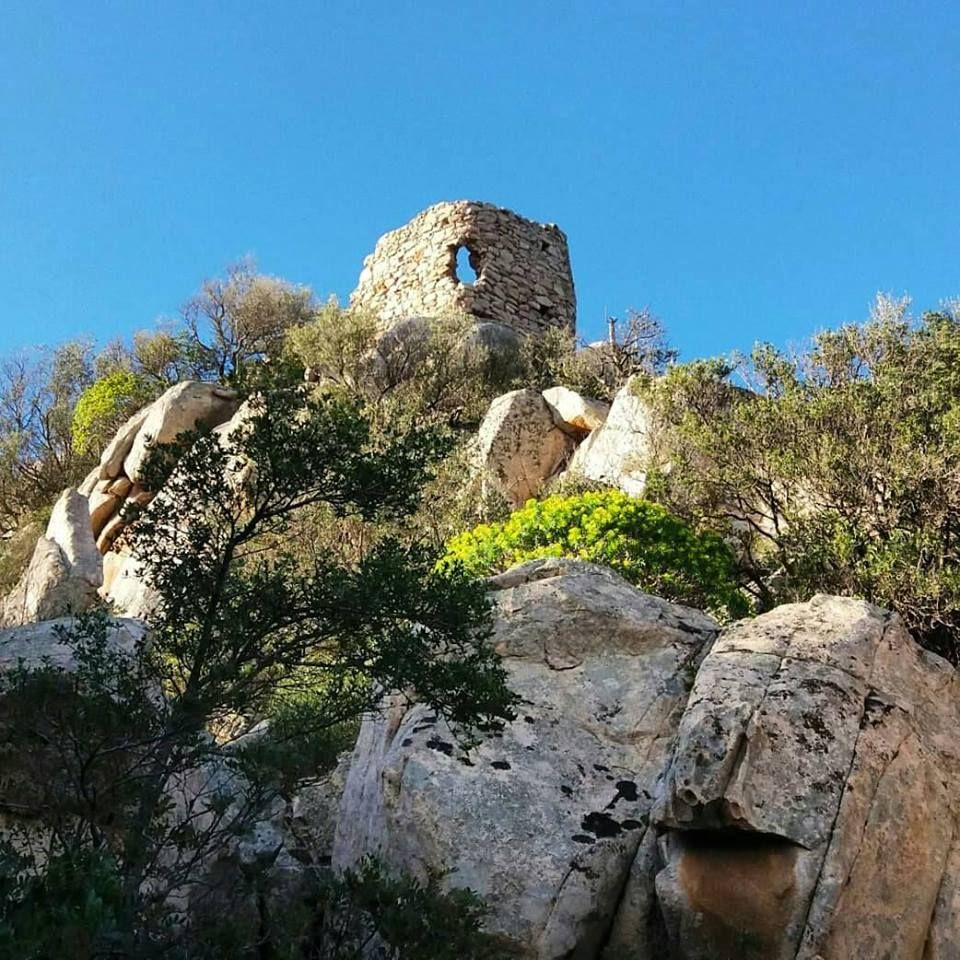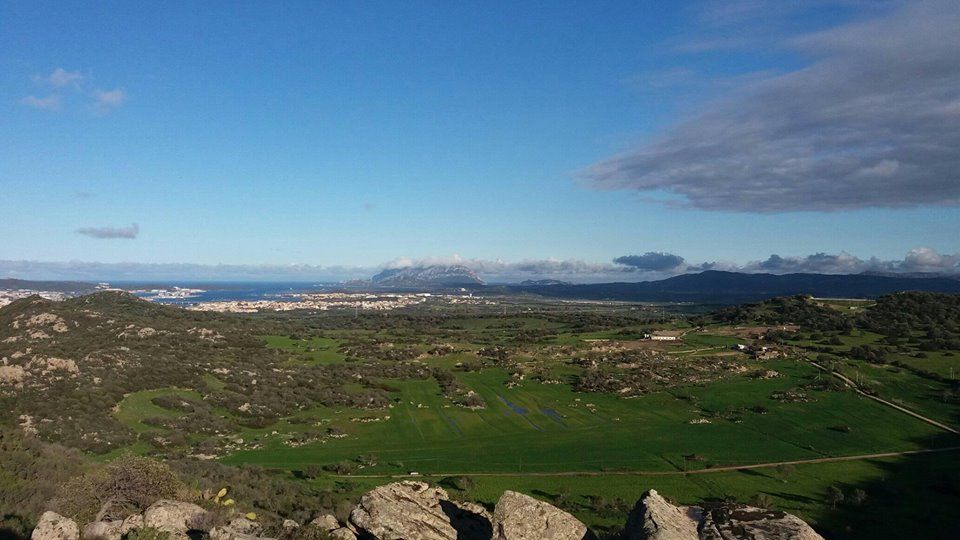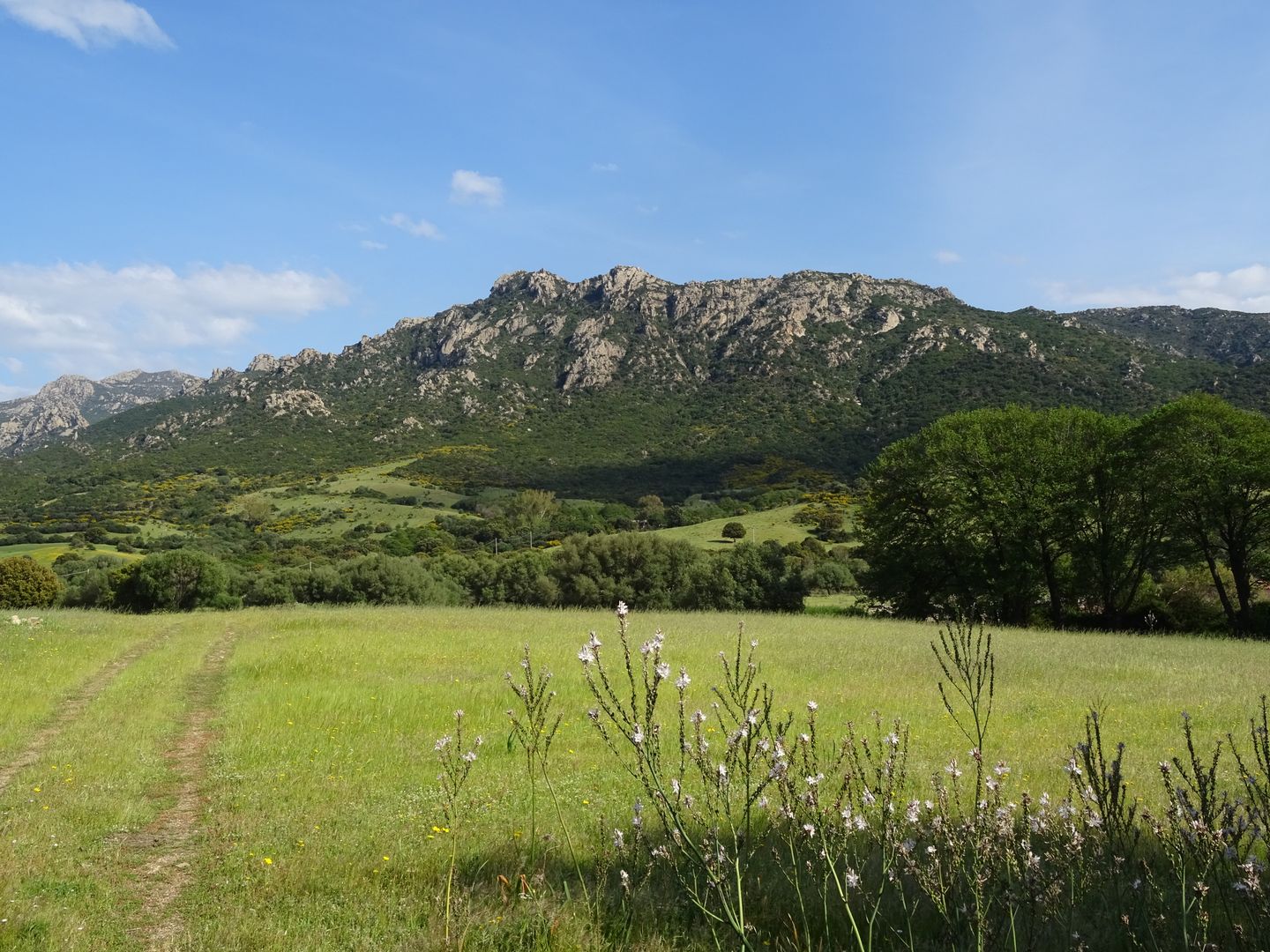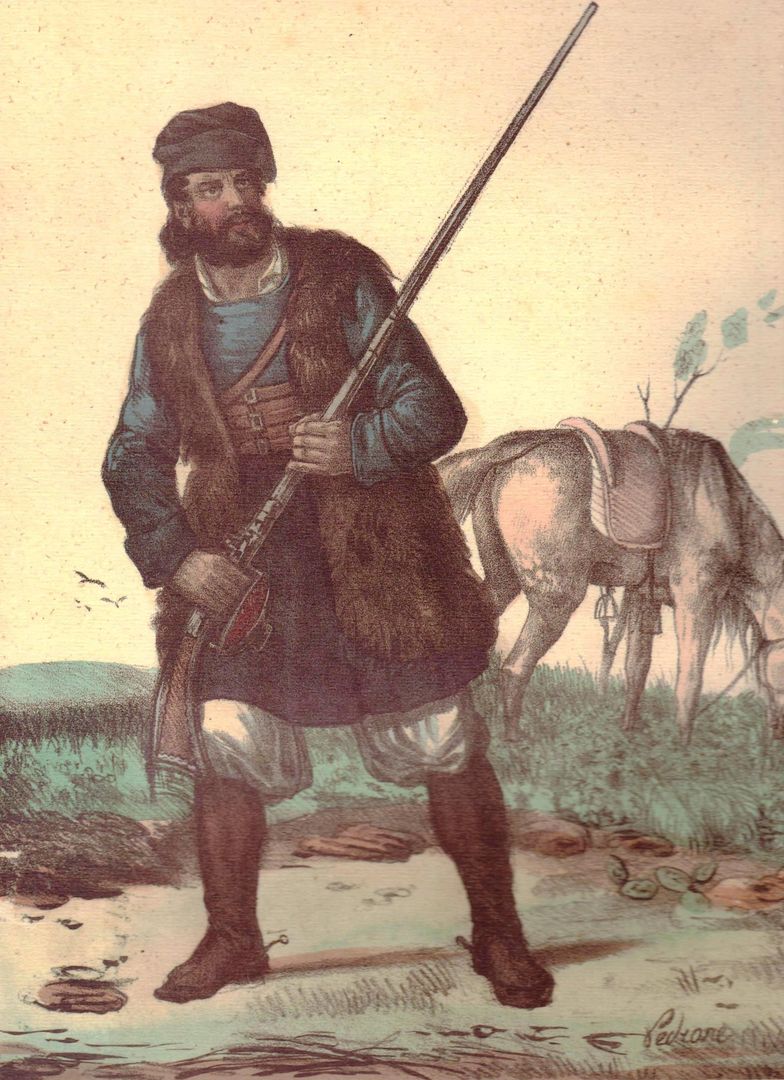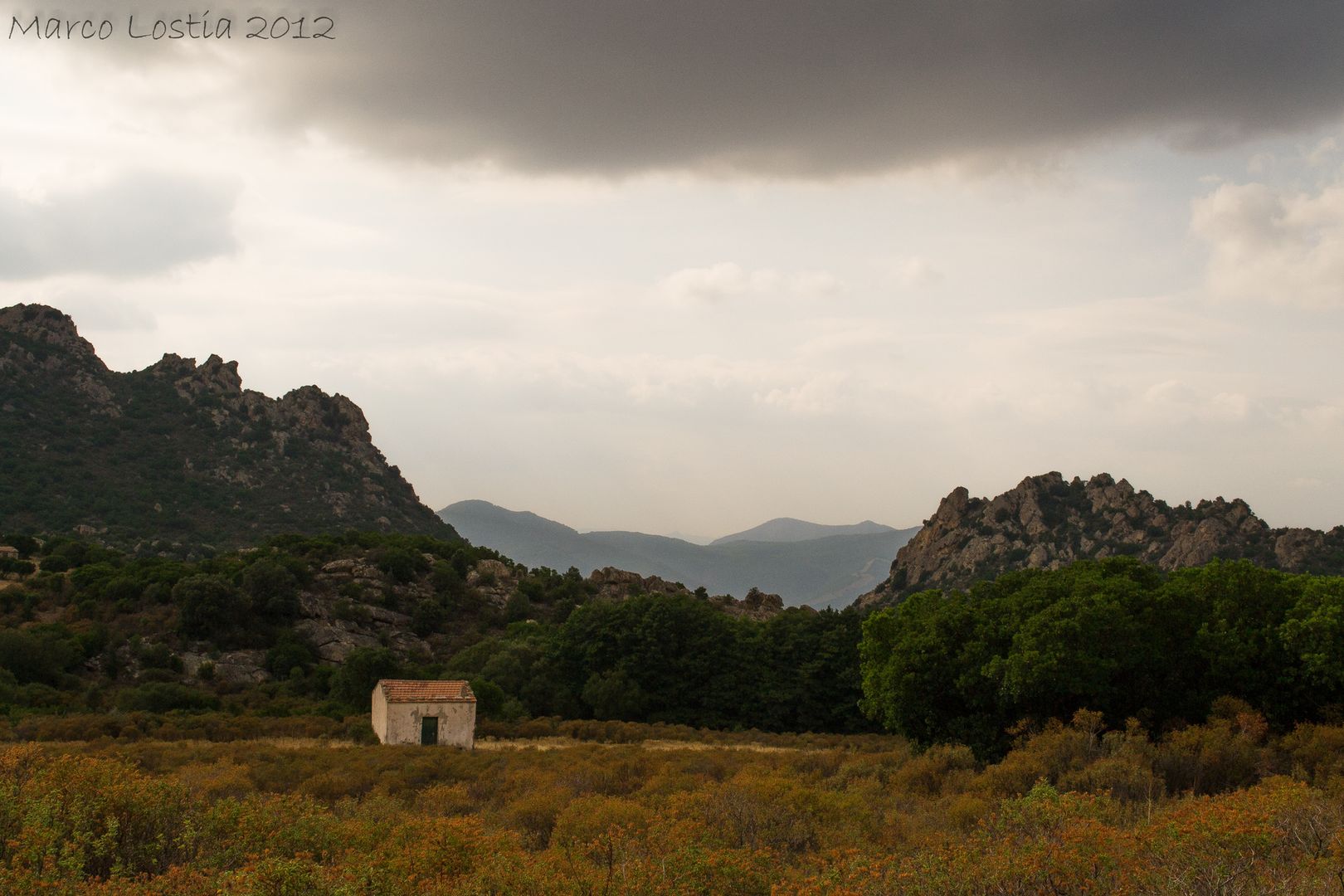OLBIA
by John Warre Tyndale
The Island of Sardinia
London 1849
Richard Bentley, New Burlington Street. Publisher in Ordinary to Her Majesty
in italian: ![]()
Olbia does not appear authentically mentioned till the year 259, b.C, when Lucius Cornelius Scipio attacked Corsica and Sardinia, to dispossess the Carthaginians of these islands. Having taken Aleria in Corsica, he proceeded to Olbia, and besieged it with a numerous land and sea force. […]
After the conquest of Olbia, Scipio laid waste the whole of the surrounding country, expelling the Carthaginians and defeating the Sardes, thousands of whom, as captives, adorned the triumph decreed to him on his return to Rome.
The indirect mention made of Olbia during the next 600 years, is such that we may believe it flourished and prospered under the Roman sway, as its proximity to the mouth of the Tiber made it the principal export town of the north of Sardinia. It appears that, about the year 54, b.C, Quintus Tullius, brother of Marcus Tullius Cicero, was residing here for what purpose is not positively known, though conjectured to have been for the purchase of grain; but the letters between the brothers contain nothing of importance. It was about b.C. 52 that Cicero made his celebrated defence at Rome, of Marcus Scaurus, the Praetor, against the charge of peculation in the island.
The town existed a.D. 397, and its destruction may, with probability, be attributed to Genseric, in his invasion in 462, a.D.; after which a village was raised on or near its ruins, called Fausania, evidently very insignificant, for Gregory the Great, a.D. 594, in a charge to the ecclesiastical authorities of Sardinia to put an end to the heathen worship then existing in Gallura, designates it as merely a “luogo,” a place.
It was known to the English in 1711, during the contest between the houses of Spain and Austria, when the Bourbon party had several points in Gallura, and among others Terranova. The English fleet was at that time cruising off Sardinia to intercept the Spanish vessels, and Admiral Noma, on hearing of the seizure of the town by Count de Castiglione, landed 1000 men, who, after a short contest near the church of St. Simplicius, forced the Count to surrender.
The Austrian disembarkation in 1717 was not so successful, for 450 troops having landed, on the supposition that the inhabitants had declared against Philip of Spain and had sided with them, were decoyed with every appearance of alliance, by a priest, who, with a band of Gallurese amounting to only sixty men, while conducting them through the country to Alghero, attacked them on a given signal in a defile called Della Scala, and, having disarmed them, reconducted them as captives to Terranova.
Some salt marshes to the north and north-west of the town formerly gave a profitable return, but the mountain streams having been allowed to flow into them, and no care being taken to drain them, or the plain, scarcely any salt is obtained, and the whole district suffers severely from intemperie. The wretched approach across these marshes is worthy of the town itself.
The parochial church, a fair specimen of architecture, has a high altar rich in various colored marbles, a railing of corresponding materials, and behind it an old carved oak choir. The pulpit, – the most curious object in the church, – has panels of inlaid wood, on which are represented portraits of saints and scriptural scenes, among which the temptation of Joseph by Potiphar’s wife is an amusing specimen of morals and church decoration. The belfry commands an excellent view of the country.
Among the three other small churches in the immediate district, and eight more in other parts of the commune, the ancient cathedral dedicated to St. Simplicius, about a quarter of a mile to the west of the town, is more interesting from its antiquity than architectural beauty.
Service is only performed thrice in the year; that on the 15th May, the natal Festa of St. Simplicius, a Sarde saint of great repute, who is said to have suffered martyrdom under the Dioclesian persecution in 304, is the most important, and celebrated by the Gallurese with horseracing, masses, and dancing.
Near the church are the remains of some buildings, the masonry of which bespeaks a more ancient date than the Pisan dominion. One, circular, and made of granite, about twelve feet high and thirteen feet six inches in diameter, with a small arched building adjoining, may possibly have been part of a baptistery or campanile, as supposed; but now has more the appearance of a brick kiln.
A friend with whom I was staying recollected the inner wall of the city being quite perfect, as well as two archways of Roman construction which served as the east and west gates, – the Porta marina and Porta di terra of the town. Not a stone of them, however, remains, – the inhabitants having, from time to time, made use of them for building their own houses, to which purpose also the city walls have been applied. The large and beautiful square tower facing the shore, – of a much later date, – has suffered a similar fate, and its external walls are all that remain.
Other remains which, judging from the large blocks of granite, must have been those of a massive building, were discovered; and brickwork and well-chiselled stones may be found in almost all parts on turning up the ground to the depth of three feet.
A circumstance narrated to me by the gentleman who had the management of these excavations, illustrates the influence of the priesthood on the superstitious prejudices of the people. A heavy gale of wind and storm having done some damage to the town during the progress of digging up the graves, the priests assured the people, and the people reiterated the assurance, that the calamity arose from, and was a punishment for having disturbed and dug up the tombs of the holy saints and martyrs of Terranova!
A large bar at the entrance, generally supposed by the ignorant and inert Sardes to have been made by the Pisans, or Genoese, in their wars, has just been examined by order of the King, and found to be merely an accumulation of sand and alluvial deposit from the river Olbio, – more commonly known as the Padrooianu, – a beautiful and rapid mountain-torrent, which, rising in the Limbara, and after receiving several tributary streamlets, and passing through the ravines of the mountains on the south of the plain, empties itself at the mouth of the harbour. […]
As there are not above eight feet water over the bar, and that depending on the winds and currents, only small vessels can enter, and those of larger tonnage lie in the roadsteads, either under Cape Figari, or off the island of Tavolara, from whence the goods are transported to and from the town in large flat-bottomed barges; and should the accumulation of mud and sand continue as heretofore, it is calculated that in thirty years the whole harbour will be converted into a lake; and the town itself, which has every capability of being one of the most commercial and flourishing in Sardinia, will then be deprived of the little prosperity it now enjoys.
Its position is not to be compared to that of Castel Doris on the Coquinas; but the view from the terrace is fine, and embraces the ruins of several other castles and towers on the craggy points of the hills surrounding the plains. Among them, Telti, or Castelazzo della Paludaccia [Paulazza], is the most considerable and picturesque.
One of them asked me, as a favor, for some gunpowder, an outward and visible sign of his profession; hut seeing I had no gun, he seemed to believe my assertion that I had no powder; so in lieu of it I gave him the usual “bonus dias,” with which he seemed equally well pleased, a soft half Spanish, half Sarde answer which has turned away many a man’s bullet, as well as his wrath.
As usual, they could not comprehend that any one could travel for pleasure, merely for the purpose of seeing their country; they amusingly applied my visit as peculiar to themselves; were quite puzzled why a “cavaliere from Terra ferma,” should possibly come so far for the purpose of seeing them, and should refuse their offer of eating meat and milk with them, and of being escorted over the next mountain.
SOURCES OF ILLUSTRATIONS
19th Century Paintings, Drawings and Lithographs (captions translated freely)
Lorenzo Pedrone, “Shepherd from Gallura”, ca 1841, IN Luciano Baldassarre, Cenni sulla Sardegna, illustrati da 60 litografie in colore, Torino, Botta, 1841; Torino, Schiepatti, 1843 (rist. Archivio fotografico sardo, 1986, 2003).
Craveri, “Gulf of Terranova”, 1739.
Contemporary Photos
coll. Marella Giovannelli
San Simplicio, in www.paradisola.it
coll. Binari a Golfo Aranci
Foto contemporanee
FZA_1970 – Flickr, Aurelio Candido – Flickr, Mauriziolbia, CC BY-SA 4.0, wikimedia commons, Nerone – museo archeologico di Cagliari (ma proveniente da Olbia), di Dan Diffendale – Flickr, Margherita Cossu – Flickr, Christophe Dayer – Flickr, Dan Diffendale – Flickr, Salvatore Solinas – Flickr, Luca Farneti – Flickr, Olive Titus – Flickr, Marco Lostia – Flickr, Roberto Saggia.
Wreck of a Roman ship – Archaeological Museum of Olbia, by pp02918, CC BY 3.0, wikimedia commons
Reconstruction of ancient Olbia by Rubens D’Oriano – Superintendence of archaeological heritage Sardinia
San Simplicio, archaeological excavations, di www.gruppogedi.it

